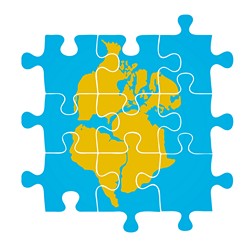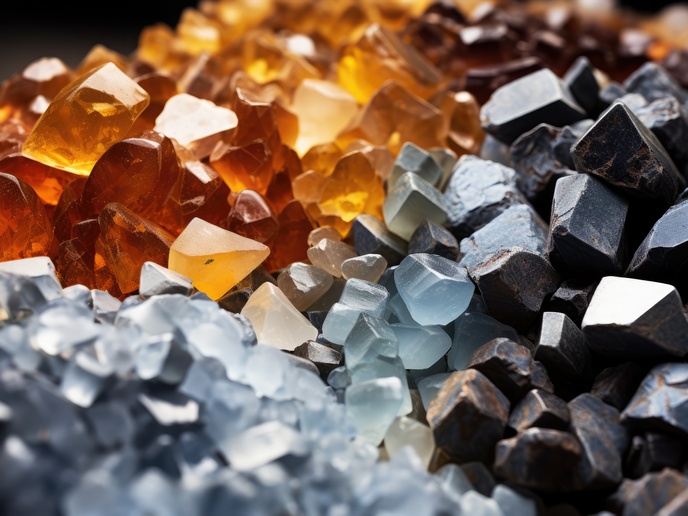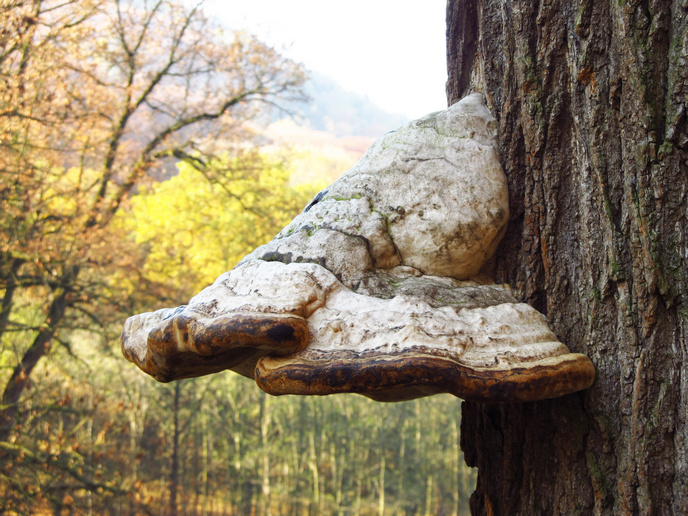A new look at plate tectonics
Several important features of plate tectonics are still poorly understood. The GLORY(opens in new window) (Global tectonics with realistic lithospheric rheology) project aimed to explain how the interaction between the deep mantle and the lithosphere affects Earth’s plate motions, stress field and topography. Building on recent advances in computational geodynamics, researchers developed a hybrid numerical geodynamic model in combination with plate tectonic reconstructions. This was used to calculate horizontal and vertical plate movements as well as the vertical stress field with unprecedented accuracy. Scientists were thus able to address phenomena such as lithosphere deformation, rift strength and crustal stress fields. Apart from numerical modelling, GLORY also analysed geological observations and geophysical data. A new tool ‘pyGPlates’ was developed and used to study rift history in global plate reconstructions and a global rift database was established. Database analysis revealed that decreasing strength at the rift centre creates sudden plate accelerations long before they break up. They showed that this plate ‘speed-up’ significantly shaped Earth’s rifted margins with the non-linear rheology of the planet’s crust and mantle causing abrupt plate acceleration. GLORY has provided major insights into the processes that shape Earth’s rift and its rifted margins. These included rift migration, asthenospheric flow and time dependent evolution of the stress field within an oblique rift. Researchers discovered that geodynamic processes within a rift system can feed back large-scale plate motions. Moreover, during the break up of continents, rapid plate accelerations are controlled by the weakening of the rift system itself. This discovery has led to a reinterpretation of the processes behind margin formation during basin-ward localisation. It indicates that the slow phase shapes the proximal margin, whereas the fast phase dominates the distal margin. Analysis conducted by the GLORY project also explains larger fault-slip rates, faster subsidence, higher heat flow, enhanced partial melting and associated underplating or volcanism. This fresh knowledge has direct implications for the maturation of georesources at Earth’s rifted margins. The new hybrid model will enable a much deeper understanding of present day geodynamics and is in principle applicable to any moment in Earth’s history. These results will benefit not only the wider geodynamic community but also areas such as sedimentary basin evolution, petrology and crustal stress field.







